
How Avatar: The Last Airbender took Inuit culture to create the Southern and Northern Water Tribes: A thread
The Inuit* are a nation of many communities in Arctic & Subarctic regions in Russia, the US, Canada, & Greenland and totalling about 170,000 people
The N/S Water Tribes are positioned similarly in the world of Avatar, on the coldest extremes

The N/S Water Tribes are positioned similarly in the world of Avatar, on the coldest extremes
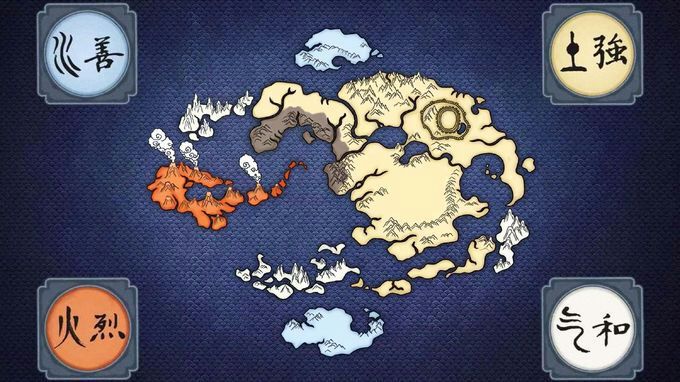

The creators of Avatar have openly admitted to basing the Water Tribes after Inuit, though the association is clear as demonstrated by these hair loopies:
(Photos are from Atanarjuat: The Fast Runner (ᐊᑕᓈᕐᔪᐊᑦ) a 2001 film directed by Zacharias Kunuk)

(Photos are from Atanarjuat: The Fast Runner (ᐊᑕᓈᕐᔪᐊᑦ) a 2001 film directed by Zacharias Kunuk)
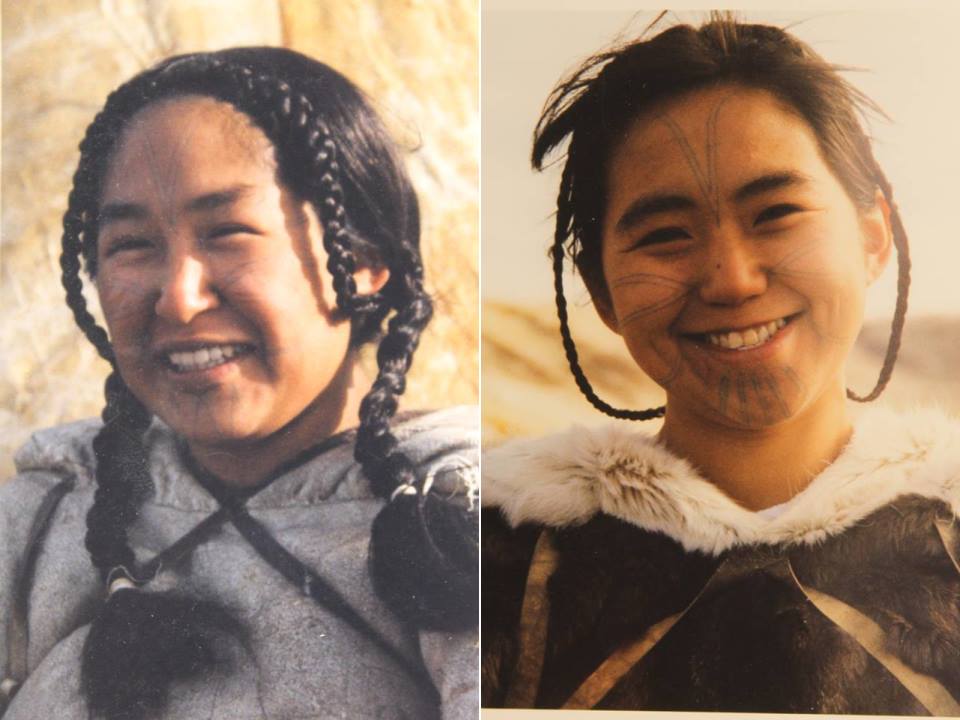
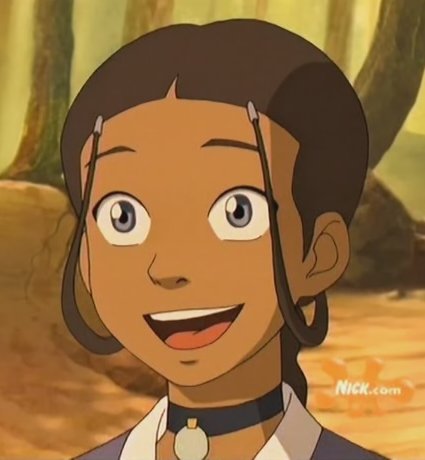
A number of names are derived from Inuit names: Tonraq, Unalaq, Noatak, etc
(I’m not going to get into what words they’re derived from and the meanings, but you could if you wanted to)
(I’m not going to get into what words they’re derived from and the meanings, but you could if you wanted to)
And then there’s stuff like the igluvijait (snow houses) in Katara and Sokka’s Southern Water Tribe village, while iglu/igluit means any kind of house in many Canadian Inuktitut dialects 
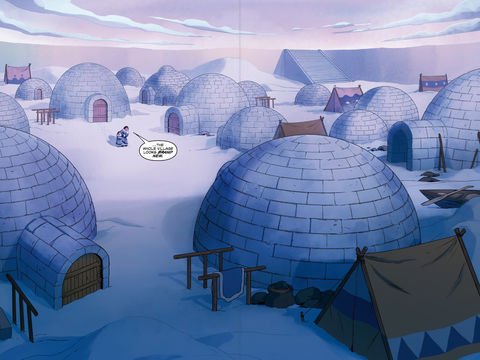
Avatar has even taken our modern disputes for their inspiration, the conflict over oil and ‘progress’ in the the graphic novel Avatar: The Last Airbender—North and South has been taken straight from conflicts in Inuit territory in Alaska 

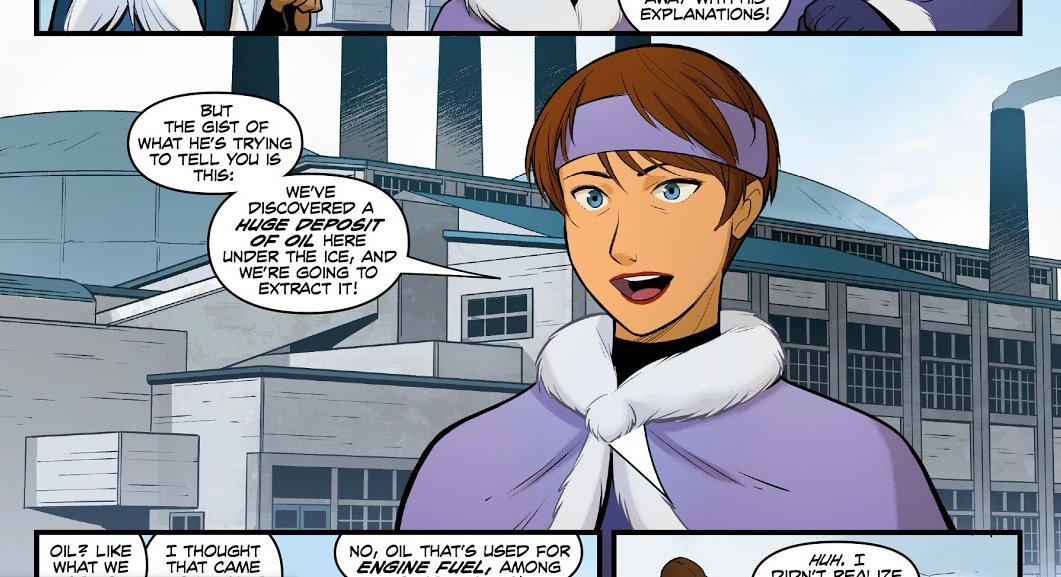

And bottom line, if you’re looking to take inspiration for a people with an ice-based lifestyle, the Inuit are pretty much the only option
Sea ice is an integral part of Inuit life, necessary for hunting, travel, and environmental stability



Sea ice is an integral part of Inuit life, necessary for hunting, travel, and environmental stability

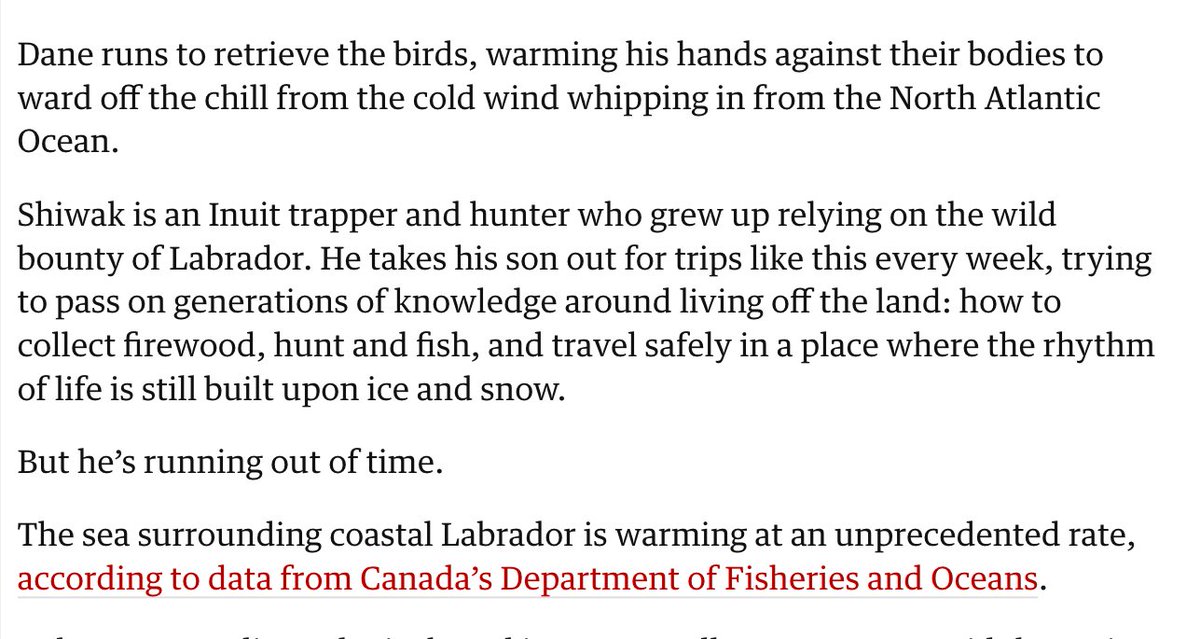
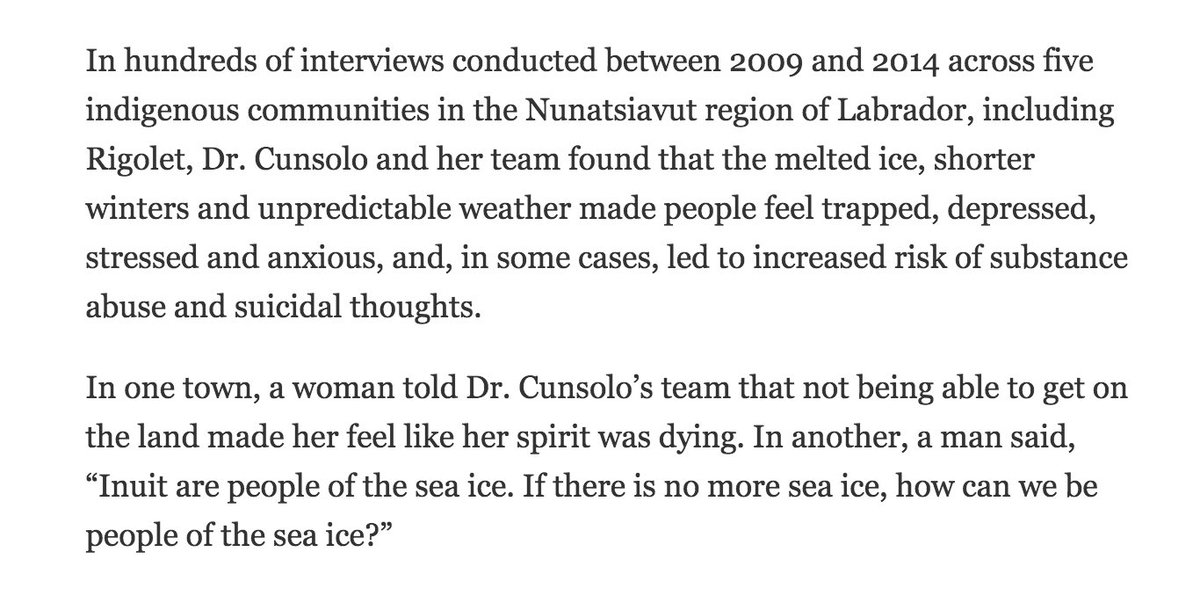

The creators of Avatar: the Last Airbender have borrowed a lot from the Inuit, and without our permission
So remember when you hear news about the new live-action Avatar series, it wouldn’t be possible without us
We deserve to be represented on screen
deadline.com/2018/09/avatar…
So remember when you hear news about the new live-action Avatar series, it wouldn’t be possible without us
We deserve to be represented on screen
deadline.com/2018/09/avatar…
*The Inuit are formerly known as Eskimo, but if you’re not familiar or intimate with any of this, absolutely do not use Eskimo
As of right now, I don’t have any concrete leads on who’s responsible for making sure the show has Inuit actors, but you can’t go wrong tweeting at @netflix
If you want to get more acquainted with Inuit cultureS (plural, because we’re diverse):
https://twitter.com/tulukaruq/status/1044120009688182786
• • •
Missing some Tweet in this thread? You can try to
force a refresh



